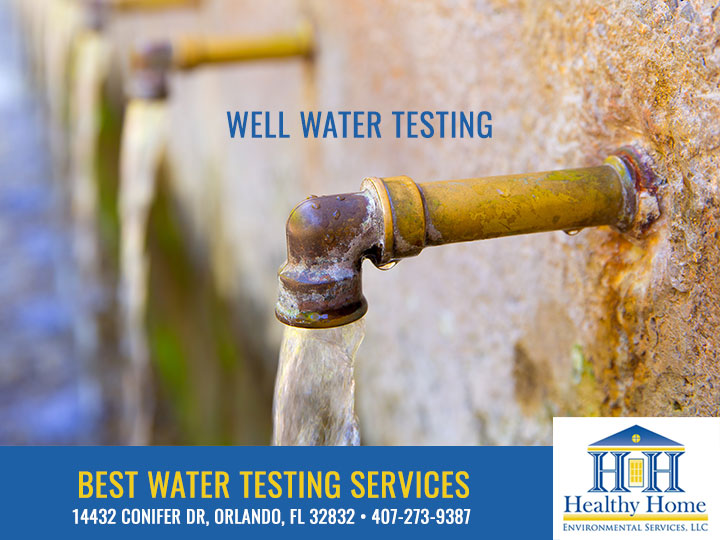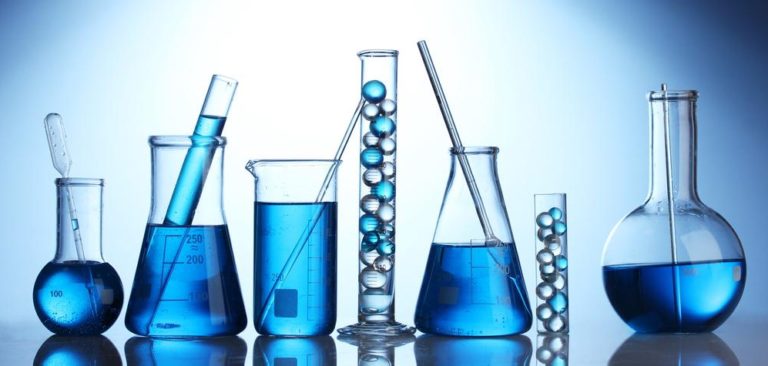Budget-friendly Water Testing Services Tampa: Secure Your Health Today
Budget-friendly Water Testing Services Tampa: Secure Your Health Today
Blog Article
Discover What Is Consisted Of in Water Testing and Just How It Makes Sure Safe Alcohol Consumption Water
Comprehending the complexities of water screening is essential in guaranteeing the top quality and security of our alcohol consumption water. With a meticulous assessment of physical, chemical, and microbiological aspects, water screening identifies possible contaminants that can position wellness risks.
Trick Components of Water Screening
Water screening is a crucial process that includes numerous vital components to guarantee the safety and security and top quality of alcohol consumption water. Additionally, guaranteeing the pH equilibrium of water is necessary, as it influences the water's corrosiveness and the efficacy of disinfection processes.
One more considerable part entails microbiological evaluation, where water examples are checked out for the visibility of microorganisms such as bacteria, viruses, and protozoa. If consumed, this evaluation is crucial to determine biological risks that might position health risks. Furthermore, chemical analyses are performed to detect natural and inorganic substances, such as heavy steels, nitrates, and chemicals, that may be existing in the water supply.

Detecting Unsafe Pollutants
Identifying dangerous contaminants in alcohol consumption water is a fundamental element of safeguarding public health and wellness. This process includes identifying possible hazards that can endanger the top quality and security of water supplies. Contaminants can vary from microorganisms such as germs, infections, and protozoa, to inorganic compounds like lead, arsenic, and nitrates, along with organic contaminants consisting of chemicals and industrial chemicals. Each kind of impurity poses unique health and wellness threats, making their detection vital to ensure the water consumed by the public is risk-free.
Water testing for contaminants is generally carried out by regulative firms and water energies, using a mix of area tasting and research laboratory evaluation. These assessments are designed to spot both normally occurring substances and anthropogenic pollutants that may have entered the supply of water through agricultural drainage, commercial discharge, or maturing facilities. Routine monitoring is important, as contamination levels can fluctuate as a result of ecological modifications, seasonal variations, or human activities.
The recognition of harmful impurities educates needed actions, such as water therapy interventions or public advisories, to minimize dangers. Early detection is vital to avoid damaging health and wellness effects, varying from stomach health problems to long-lasting conditions like cancer cells, consequently guaranteeing the continued safety and security of alcohol consumption water.

Chemical Evaluation Methods
In the world of making sure risk-free alcohol consumption water, chemical evaluation strategies play an essential function in determining and quantifying contaminants. These approaches are crucial for identifying a wide range of chemical compounds, consisting of hefty steels, chemicals, and industrial pollutants, which can position considerable wellness threats.
Gas chromatography-mass spectrometry (GC-MS) is another vital method, especially for natural substances. It divides intricate mixtures and identifies semi-volatile and unstable natural substances, guaranteeing that toxins like benzene and toluene are within article secure limits. High-performance fluid chromatography (HPLC) is likewise used for non-volatile compounds, including certain pesticides and drugs.
Ion chromatography is used to establish focus of cations and anions, such as nitrates and sulfates, which are essential in examining water high quality. These chemical analysis techniques jointly make certain that alcohol consumption water stays safe by spotting deviations from developed pureness norms, thus protecting public health. Ensuring accuracy and accuracy in these tests is extremely important to preserving the integrity of water safety assessments.
Microbiological Testing Approaches
Exact microbiological testing is essential for safeguarding public wellness by making sure that drinking water is without unsafe microorganisms. This process entails discovering and specifying microbes such as germs, infections, and protozoa that may infect water materials. Common microorganisms include Escherichia coli, Giardia, and Cryptosporidium, each presenting significant health and wellness risks.
Numerous methods are utilized in microbiological screening to determine these hazards. The membrane purification technique is regularly used, including water passing through a filter that catches microorganisms, which are then cultured to establish their presence and concentration. The multiple-tube fermentation method allows the metrology of coliform bacteria utilizing a collection of dilution and incubation actions.
Developments in modern technology have introduced molecular strategies such as polymerase domino effect (PCR), which permits for the rapid and extremely details discovery of virus by amplifying their genetic material. Enzyme-linked immunosorbent assays (ELISA) likewise supply an approach to spot microorganisms by determining certain healthy proteins or antigens.
These differed approaches are important for extensive water high quality evaluation, making certain that water therapy procedures are effective and that distribution systems maintain safety. By employing these microbiological testing methods, potential health risks can be determined and alleviated immediately.

Importance for Public Health
Ensuring the microbiological safety of alcohol consumption water straight influences public wellness by protecting against the spread of waterborne conditions. Microorganisms such as bacteria, viruses, and protozoa can cause health problems like cholera, dysentery, and intestinal infections (Water Testing Service). The implementation of comprehensive water screening procedures is vital in determining and reducing these dangers, hence protecting areas from potential episodes
Routine water screening not only spots microbial impurities however additionally examines chemical and physical parameters that might affect health and wellness. Excessive degrees of nitrates or hefty metals such as lead can present serious health and wellness threats, particularly to prone populations like infants and expecting females. By identifying these dangers early, water screening enables try this site timely treatments, guaranteeing the water system continues to be within safe usage criteria.
Additionally, water screening plays a vital duty in preserving public self-confidence in local water systems. For policy makers and health officials, the data acquired from water screening educates decisions on facilities investments and public health and wellness methods, making sure sources are guided where they are most needed.
Conclusion
Water screening functions as a crucial mechanism for ensuring the safety and top quality of alcohol consumption water with extensive assessment of its physical, chemical, and microbiological buildings. By identifying dangerous pollutants, such as heavy steels and pesticides, and utilizing advanced strategies like chromatography and spectrometry, water testing facilitates the recognition of prospective health and wellness risks. The implementation of rigorous screening procedures is crucial for maintaining compliance with safety criteria, eventually safeguarding public wellness and reinforcing self-confidence in community water supply.

By identifying these risks early, water screening makes it possible for prompt interventions, making sure the water supply continues to be within safe usage criteria.
Water testing serves as a necessary device for ensuring the security and high quality of drinking water via thorough evaluation of its physical, chemical, and microbiological residential properties.
Report this page